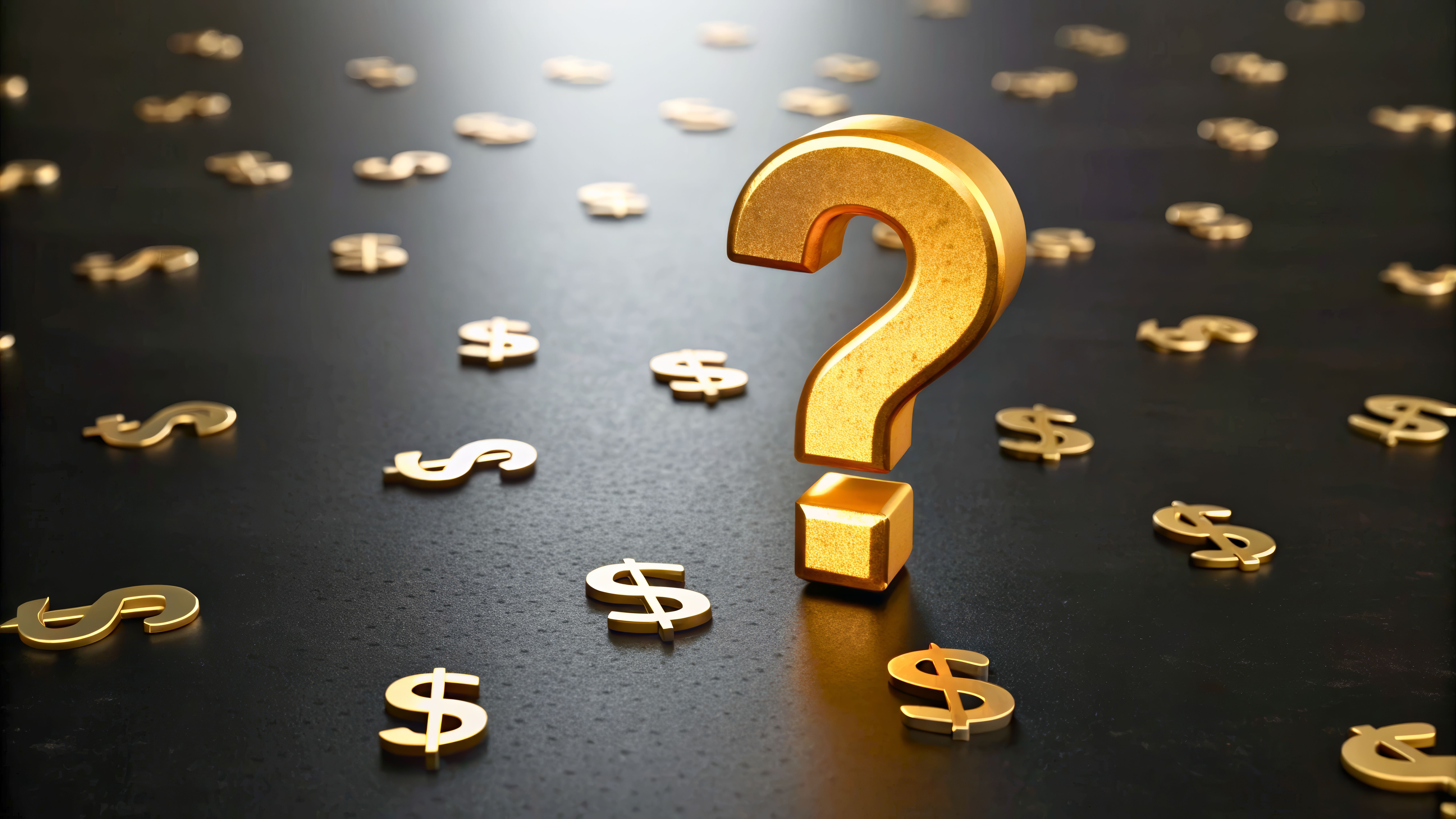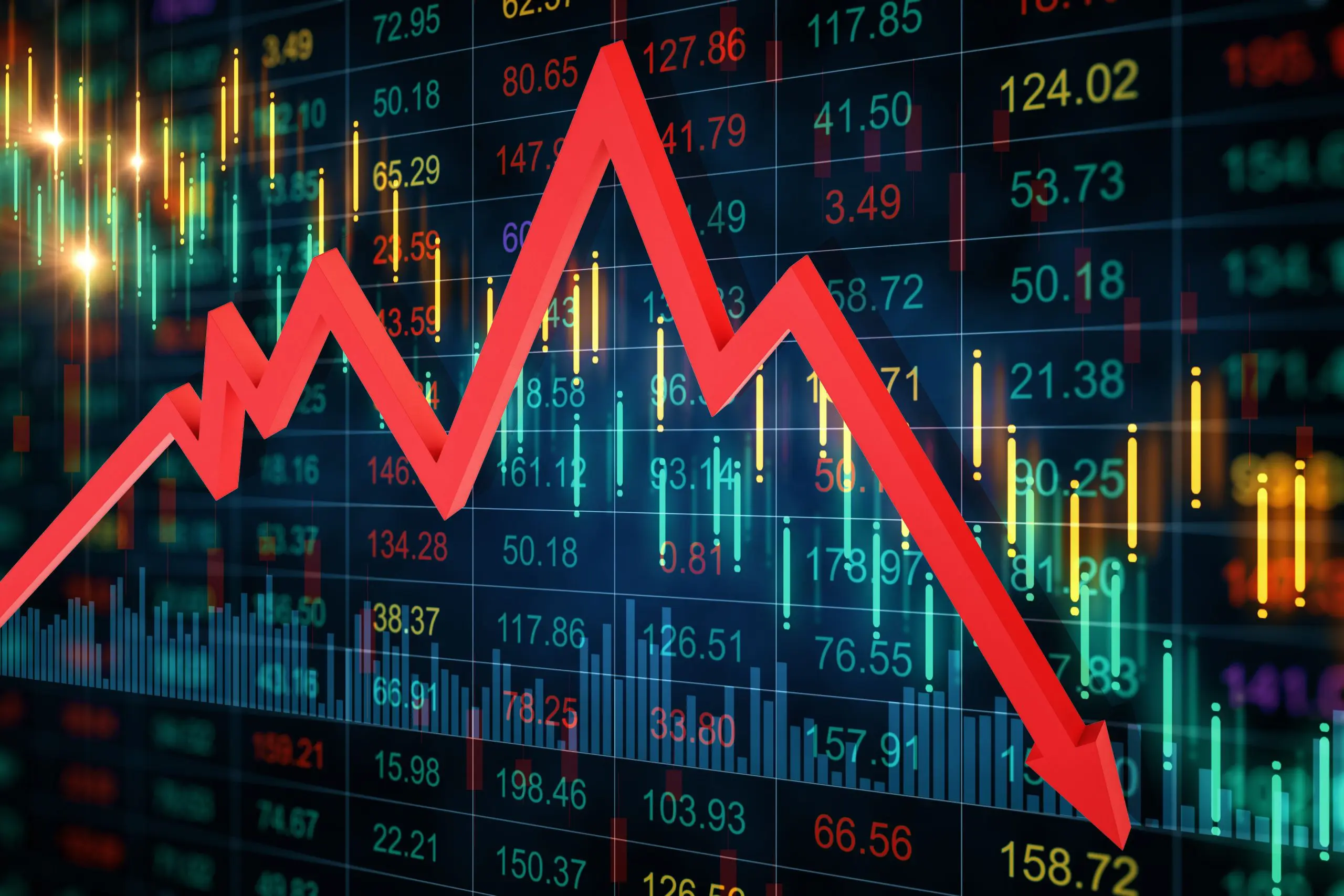I-Phones, I-Pads, I-bonds.
The first two are popular Apple products you’re probably familiar with; the third one is a U.S. Treasury offering that you probably should get to know better.
Like other bond issues, I-bonds have a fixed rate of return, but unlike other bonds, the yield is also linked to inflation. And even though inflation is cooling from the red-hot pace of earlier this year, these government-backed bonds offer a guaranteed yield that far exceeds most other investments available right now.
Let’s emphasize two key ideas here:
- These bonds are guaranteed by the U.S. Treasury and carry virtually no risk that you will lose any of your principal investment.
- These bonds are currently yielding 6.89%, which is far better than the returns most stock and bond portfolios are achieving these days. (The S&P 500 index is down more than 15% this year).
A Wall Street Journal analysis of S&P Global Market Intelligence data found that savers could have earned $42 billion more in interest in the third quarter alone if they moved their money out of deposit accounts at the nation’s five largest banks and into high-yield savings accounts. And I-bonds pay more than those accounts too!
Let’s run through the ins and outs of I-bonds – everything from how to buy them to how often the interest rate resets and the restrictions placed on their purchase and sale.
Only One Way to Buy
As the name implies, I-bonds are designed to protect your money from losing value to inflation. Unlike most investments, you cannot buy them through your brokerage firm, bank, or investment adviser. You must purchase them directly from the U.S. Treasury at the website TreasuryDirect.gov. (The official name is Series I savings bonds.) Because you are buying directly from the Treasury, there are no markup fees like you might encounter on transactions conducted by your brokerage firm.
There’s also a strict limit on how much you can buy each year: up to $10,000 per person, plus another $5,000 if you apply for an IRS tax refund. However, you can buy up to $10,000 a year for an unlimited number of children, grandchildren, or other individuals, as long as no one else has already bought in their name. You also can invest separately for each trust account and each limited liability company (LLC) you control.
Interest Earned on I-bonds
After flying under the radar for years while inflation averaged less than 3% yearly, I-bonds are now setting sales records. The Treasury resets the rate on these bonds every six months, and your investment earns that new rate for six months and then rolls into the new rate for the following six months, on and on for up to 30 years. The rate is adjusted on the first business day of May and the first business day of November. If you buy a bond in the middle of that period, let’s say March, the rate is good for six months and will reset in September and again the following March.
The interest earned is compounded semi-annually. That means investing $10,000 now will earn interest on the interest going forward, not just on the initial investment. At the current rate, you will earn $344.50 in the initial 6-month period. Over the following six months, interest will be paid on your new balance of $10,344.50, and so on, until you redeem the bond. That compounded interest can really add up, especially if inflation remains high for several years.
I-bonds can be purchased in any amount from $25 up to the $10,000 maximum.
Cashing Out I-bonds
The rate of return on I-bonds right now is far higher than for any other government-backed investments, including Treasury notes, CDs, or FDIC-guaranteed savings accounts. However, since the rate is adjusted twice yearly, these are not necessarily buy-and-hold forever issues.
When you decide to cash out, you do so through the TreasuryDirect website. You will receive an IRS 1099-INT form in the mail.
It’s crucial to secure your login information in a secure and findable place. You will need it to redeem the bonds, and it’s not as easy to get a new password as it is for most other accounts you have. If you lose that info or the answers to the security questions, it can be a pain in the I-butt!
Tax Consequences
I-bonds are generally tax friendly. You can pay tax on the interest earned each year or defer taxes until you redeem the bond. (Most people choose to defer.) And even then, the income could be tax-free if you use it directly to pay for college tuition or other qualified education expenses, subject to income limits.
In addition, there is no state or local tax due on I-bonds.
The interest earned is taxed as ordinary income if federal tax is due.
There are Some Downsides Too
There are various penalties for cashing out too soon. You must hold on to each issue for at least one year, and there’s an interest penalty for cashing out before the five-year mark: you will lose the last three months of interest. That may not be a big price to pay if inflation and the corresponding yield come back down.
While I-bonds might be an appealing addition to your savings portfolio, there are other cautions as well:
- There is no secondary market to sell on; you must cash out through Treasury Direct.
- There are limits on how much you can invest in I-bonds each year.
- The TreasuryDirect website is not the easiest to use, and many investors complain about the user experience.
- You do not get statements from the Treasury about your I-bond holdings. It’s up to you to print out the original purchase page and log on to the TreasuryDirect site to keep track of your account balance.
- You can only name one beneficiary for each issue purchased. Unlike most other assets, they cannot be divided evenly among your grandchildren.
- You cannot buy I-bonds as part of your IRA, 401(k), or other retirement plans.
- If the inflation rate decreases substantially, the adjusted rate may no longer be advantageous compared to other savings options.
Contact your EKS Associates wealth advisor to discuss the pros and cons of I-bonds. They may offer an excellent hedge against inflation for a small part of your overall portfolio. But you will need to keep an eye on the inflation rate and the yields on the bonds each time they are reset. There will come a time when you want to stop buying and start selling.



